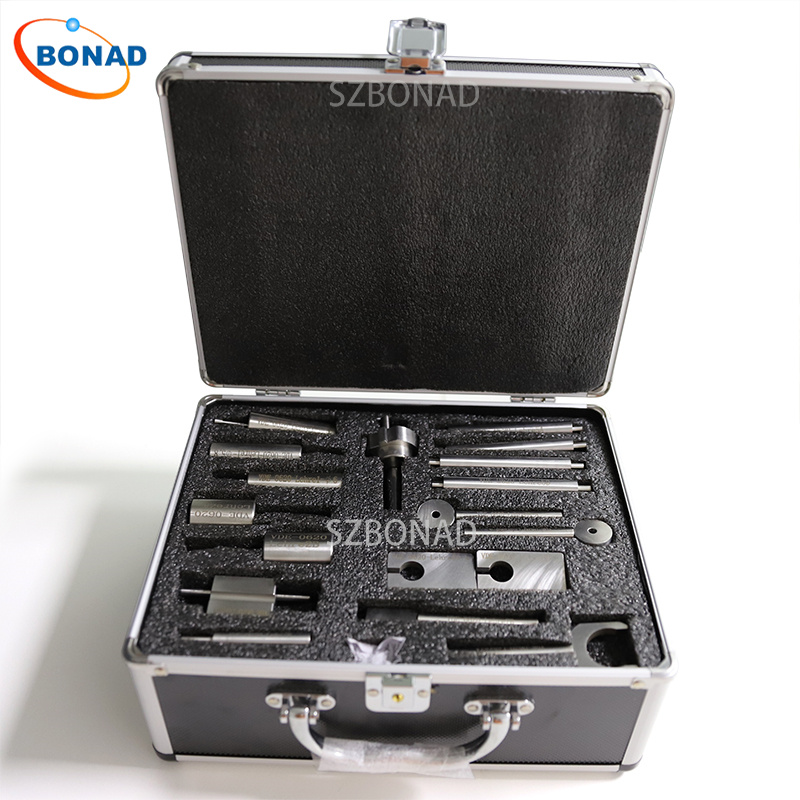In the realm of impact testing, every component plays a critical role in ensuring accurate results. One such essential component is the tup holder, a fixture that might seem simple but is crucial for maintaining the stability and security of the tup—the striker used to hit the material sample. Without a reliable tup holder, variations in each strike could lead to unreliable test results. By securing the tup, the holder ensures consistent and precise impacts, allowing for an accurate assessment of a material’s strength and resilience.
Did you know that tup holders come in various types and can be adjusted to deliver different impact forces? Engineers often modify these holders or add weights based on specific testing requirements, ensuring precision in every setup. Interested in how this small component influences such an important process?
Let’s explore the details that make the tup holder an integral part of impact testing.
Defining a Tup Holder in Impact Testing
A tup holder is a component within impact testing equipment designed to hold the tup securely. It connects the tup to the machine’s release system, facilitating smooth and controlled impacts. Essentially, it acts as a bridge between the machine’s mechanics and the energy transferred to the sample.
There are different types of tup holders, each tailored for specific impact needs. Light holders are suitable for lower-mass impacts (ranging from 2 to 5 kg, including the tup). Standard holders can manage heavier impacts (up to 70 kg with the tup). For tests requiring extreme force, reinforced holders are used, capable of handling powerful tups with force capacities reaching up to 222 kN.
The flexibility of attaching additional weights to the tup holder allows for adjustments in impact mass to meet particular energy requirements. By adding weights, one can increase the impact force, offering precise control over energy application during tests.
Components of Impact Testing Equipment
Understanding how each part contributes to an impact test is essential:
- Tup (Striker): Delivers controlled force on the sample to measure resistance.
- Tup Holder: Maintains stability by holding and aligning the tup.
- Release Mechanism (Pendulum or Drop System): Manages the movement of the tup for controlled strikes.
- Sample Support and Clamp: Secures materials in place for consistent impact angles.
Together, these components create an environment conducive to reliable measurements. The primary function of a tup holder is ensuring stability by preventing shifts in position, thus guaranteeing consistent and repeatable results.
Significance of Tup Holders in Impact Testing
The primary role of a tup holder is securing the tup to maintain controlled and precise impacts. Imagine trying to hammer a nail that wobbles with every swing—frustrating! The tup holder prevents such instability by keeping alignment necessary for accurate testing.
By stabilizing the tup, vibrations and minor shifts that could affect outcomes are reduced. This stability enhances safety during testing and minimizes unpredictable movements, especially under high-impact conditions. When relying on data from impact tests, knowing that a steady tup holder was used adds confidence to results.
Types of Impact Tests Utilizing Tup Holders
Tup holders are specifically used in weight-based impact tests like falling weight impact tests, ideal for materials such as plastic pipes. Unlike Charpy or Izod tests—which use pendulum arms without requiring tup holders—weight impact testers depend on them for steady and controlled impacts.
Drop Weight Impact Testers involve dropping a weight from a set height directly onto samples. The tup holder keeps strikers stable within release mechanisms, ensuring precise energy delivery consistently across tests. This setup is vital when evaluating materials like plastic pipes where consistent force is crucial for assessing resistance and durability against impacts.
In weight-based testing scenarios, securing tups through holders ensures repeatable impacts leading to reliable data—essential when dealing with materials prone to damage from sudden forces.
Design & Materials Used in Tup Holders
Tup holders are built tough enough for repeated use under heavy impacts; common materials include high-strength steel or hardened alloys resistant against wear without bending or deforming over time—a necessity given their role during high-force applications while maintaining alignment throughout usage cycles.
Design varies based on machine specifications & required forces; lighter designs suit small-scale experiments whereas reinforced options handle larger-scale ones effectively—adjustments via added/removed weights provide flexibility meeting diverse standards across varying setups!
Conclusion
Though seemingly minor components at first glance—their importance becomes evident once considering their contribution towards delivering accurate & dependable results consistently throughout multiple iterations/tests conducted over time! By securing tups firmly into place—engineers gain insights needed accurately assessing material responses under sudden forces encountered during real-world applications!


